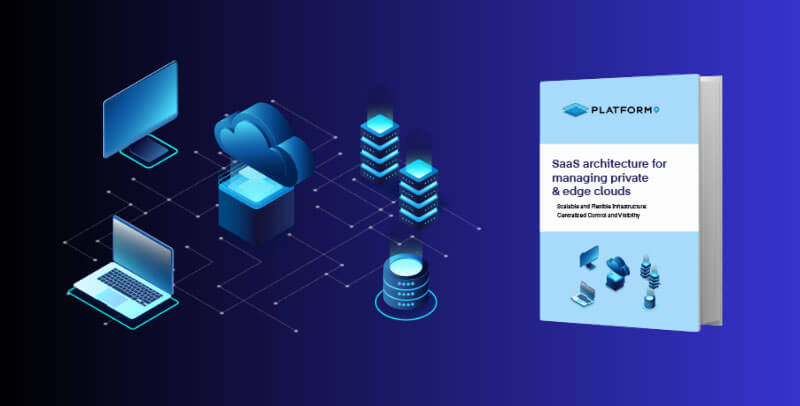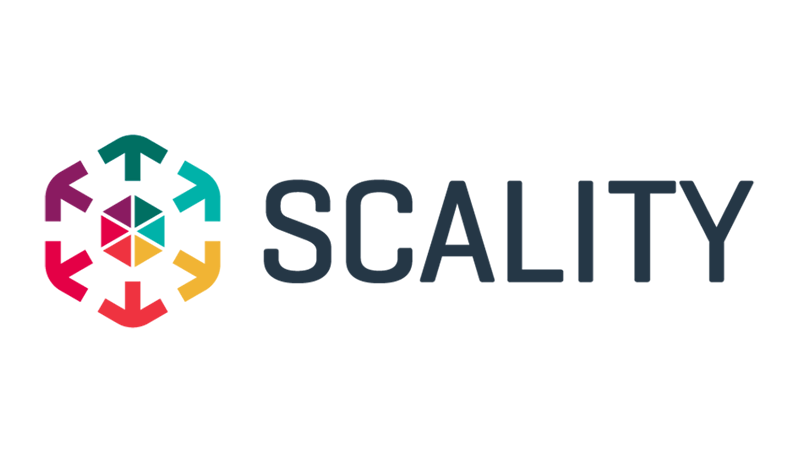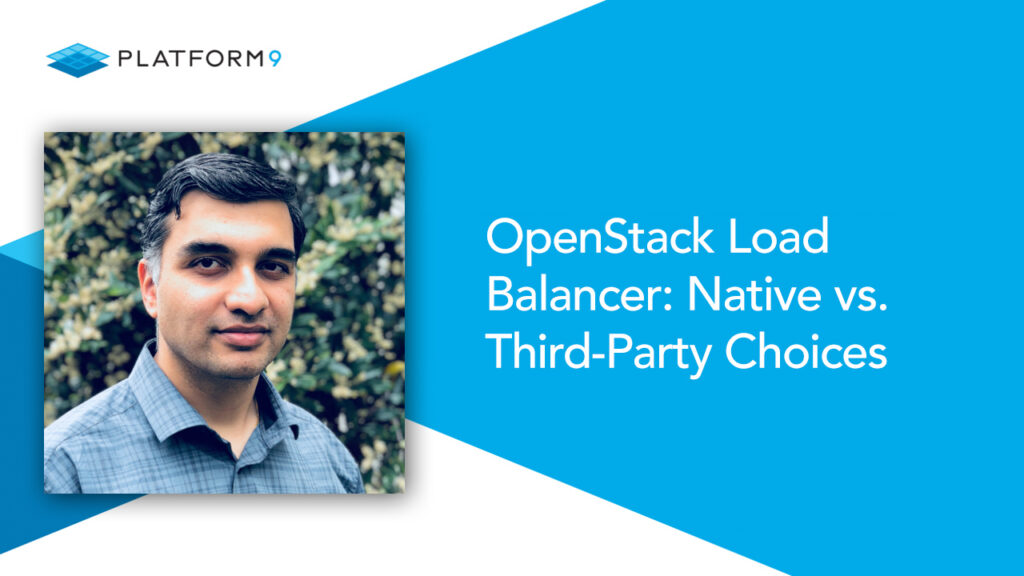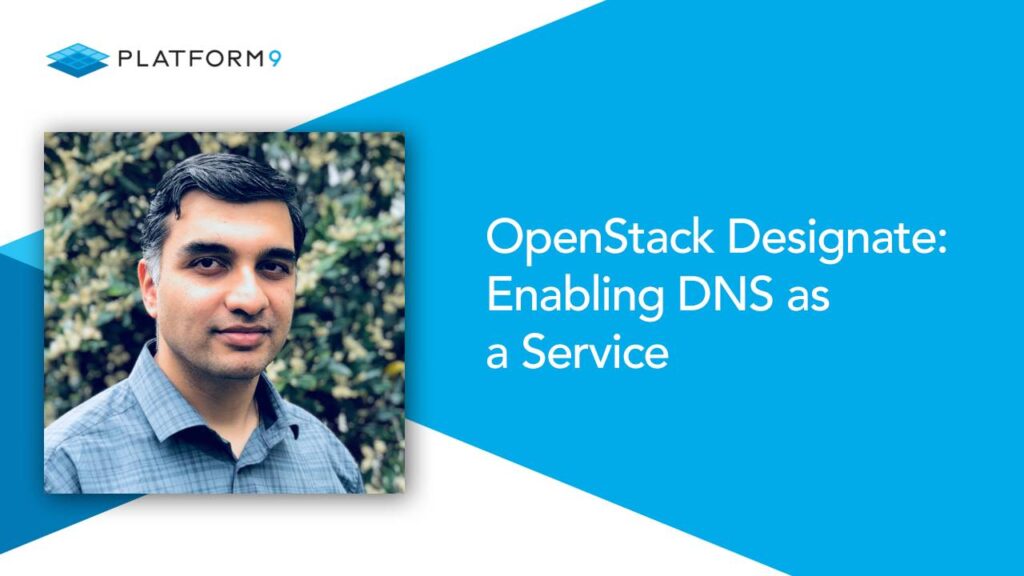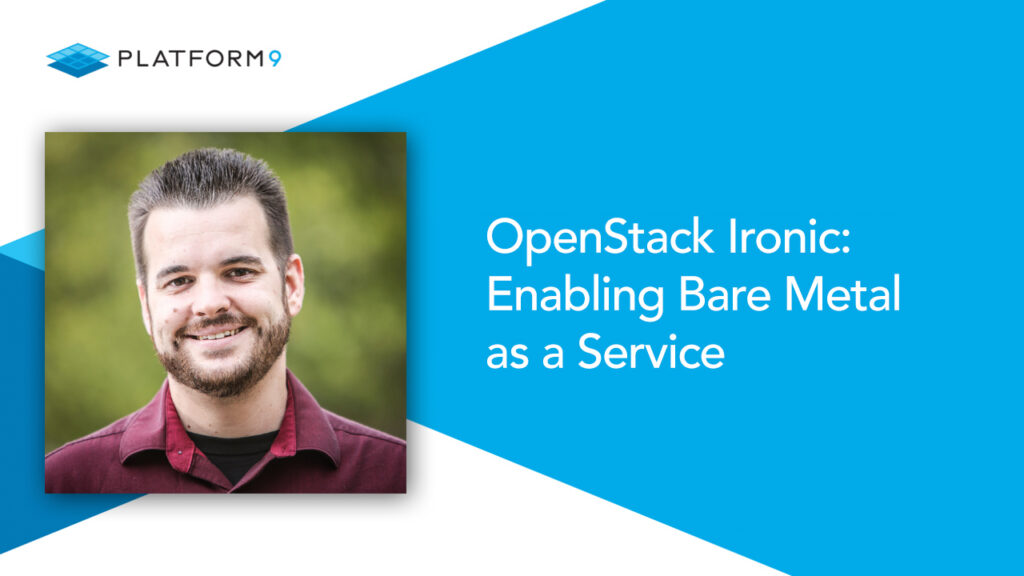Managed OpenStack
European Retailer Deploys Platform9 to Accelerate Digital Transformation
Kubernetes for Retail Platform9’s Managed OpenStack solution enabled this international retailer to achieve its key technology transformation objectives via a cost-effective, highly reliable, production-grade private cloud solution. The IT team values the managed services element of the Platform9 offerings. Top 5 benefits include: Cloud-Native Time to Market Ease of deployment Unlocking the potential of microservices
Architects guide to building private & edge clouds
The success of the public cloud has educated the world about what is possible when infrastructure can be consumed at scale with the speed and simplicity made possible by SaaS management. The days of private clouds being managed in more traditional, labor intensive ways are numbered. The speed, savings and simplification of SaaS based management
How to Succeed with Open Source Private Clouds
Building and operating a private cloud with open source technologies from scratch can be very complex, time-consuming, and expensive. In this webinar, learn how to: Get the benefits of open standards for interoperability Reduce software license costs Get a modern DevOps-ready private cloud in days instead of months Avoid the heavy lifting needed to build
Scality Sees 98% Storage Savings with Platform9 Managed Virtualization
Learn how Platform9 Managed Virtualization keeps Scality focused on innovation
Hybrid Cloud Transformation with Platform9 Managed Kubernetes & OpenStack
Many companies have fluctuations in demand and are looking for simple, cost-effective solutions. Public cloud seems like a perfect fit, but integrating it into the current IT strategy is difficult. In this case study, you will learn how an online retailer was able to effectively manage seasonal workload demands with a hybrid cloud strategy. The
Cloud Transformation at Scale: The Autodesk Journey
Hear from Prakash Kota, CIO at Autodesk to learn how they got out of the infrastructure business and accelerated adoption of their cloud strategy with Platform9. The team focused on four key objectives: A cloud-enabled environment Speed to market Engineering enablement and automation Governance of cloud resources Watch the video to learn more! A6OxdzCMVoU
Ovum Decision Matrix: Selecting a Multicloud and Hybrid Cloud Management Solution, 2018–19
Most organizations are looking to seamlessly leverage their multiple clouds and realize the benefits of a true hybrid cloud environment. However, evaluating cloud management products to determine which one gets you to the vision of a hybrid cloud is a time-consuming and complex process. Ovum evaluated the execution, market impact, and technical capabilities of the
OpenStack Load Balancer: Native vs. Third-Party Choices
As a developer delivering a mission critical service for your organization, you need to ensure that service will always be up, highly available, and performant. This can be achieved with load balancing by distributing the workload between many workers at the backend, while the front is managed by the load balancing service that is routing
OpenStack Designate: Enabling DNS as a Service
OpenStack Designate provides DNS as a Service (DNSaaS) in OpenStack. It provides a standard, open API that can be used to program DNS. Designate is protected by and integrates with Keystone authentication authorization mechanisms like all OpenStack APIs. The API can be powered by third party DNS providers such as PowerDNS, Infoblox, etc., as well
OpenStack Ironic: Enabling Bare Metal as a Service
OpenStack Ironic is an OpenStack project that provisions bare metal machines rather than virtual machines. Bare Metal as a Service (BMaaS) allows you to provision your Hadoop or SQL workloads, or even a hypervisor, on to bare metal infrastructures and treat them like cloud instances. OpenStack Ironic is distinctive because it allows you to use
Maintaining VM High Availability Using OpenStack Masakari
With organizations running increasing numbers of critical systems over private clouds, there is a greater need than ever for reliable, highly available infrastructure. VM high availability allows for maximum uptime when running in the cloud, while shielding the user from any unplanned downtime of the infrastructure. In broad terms, both Cloud Native apps and traditional



